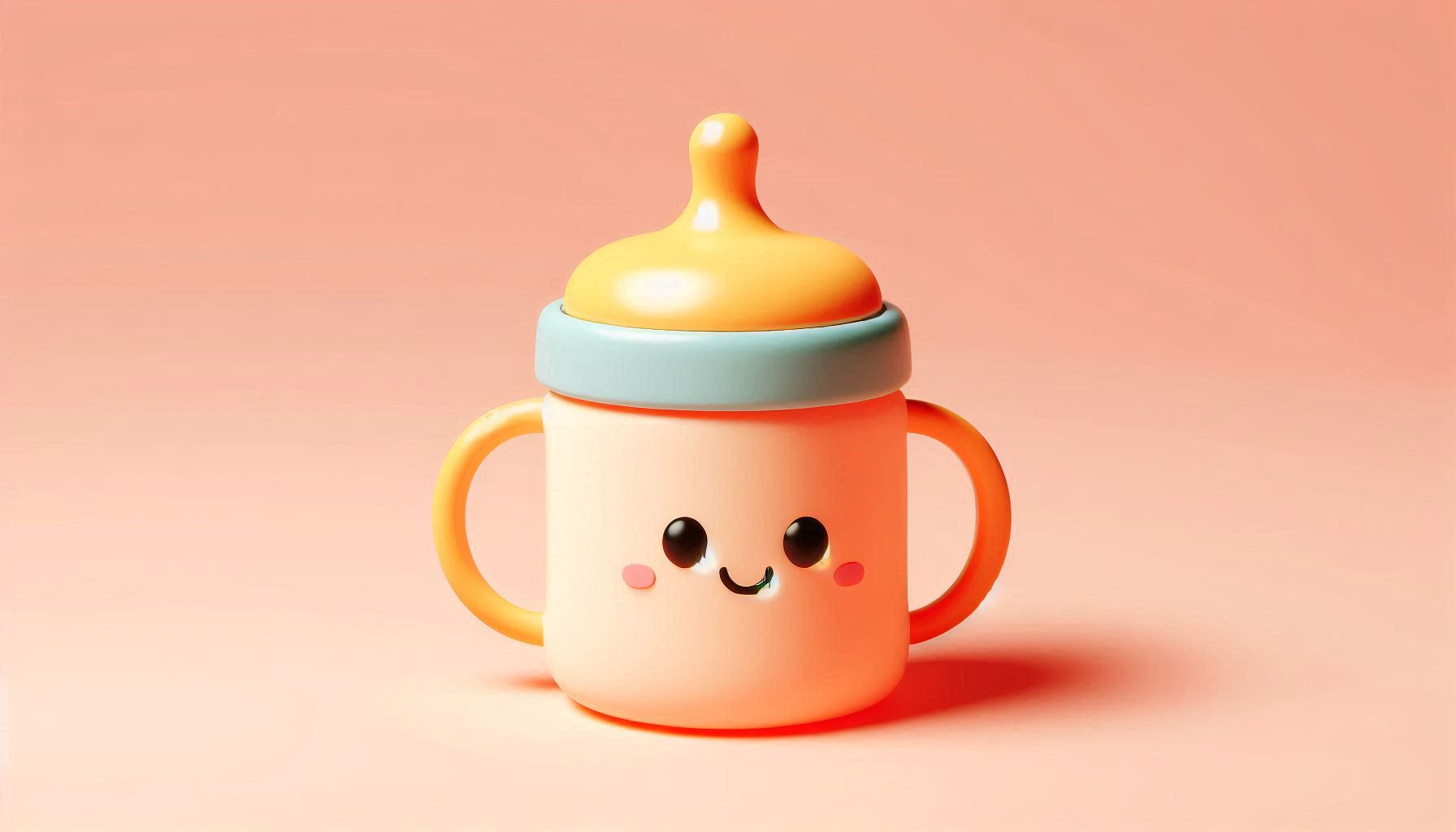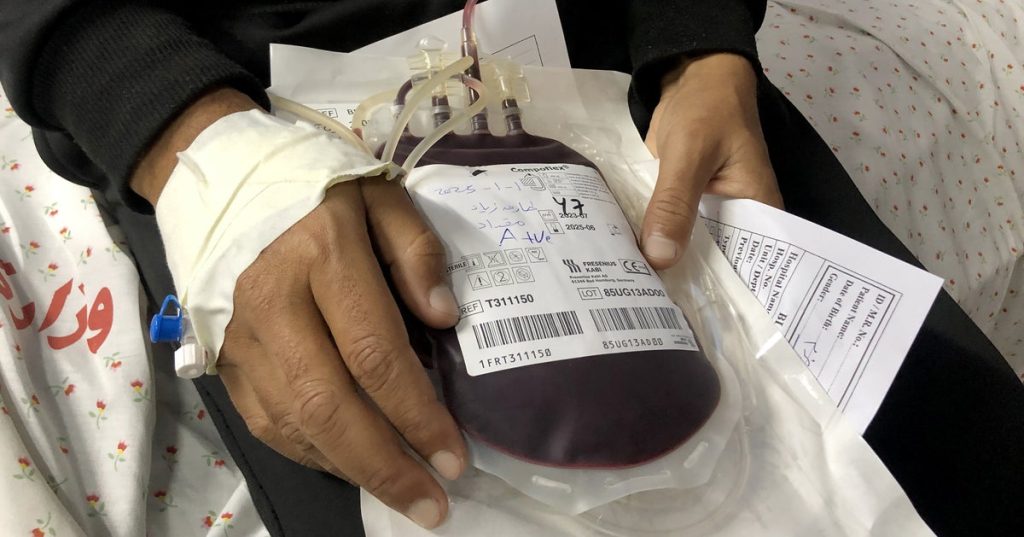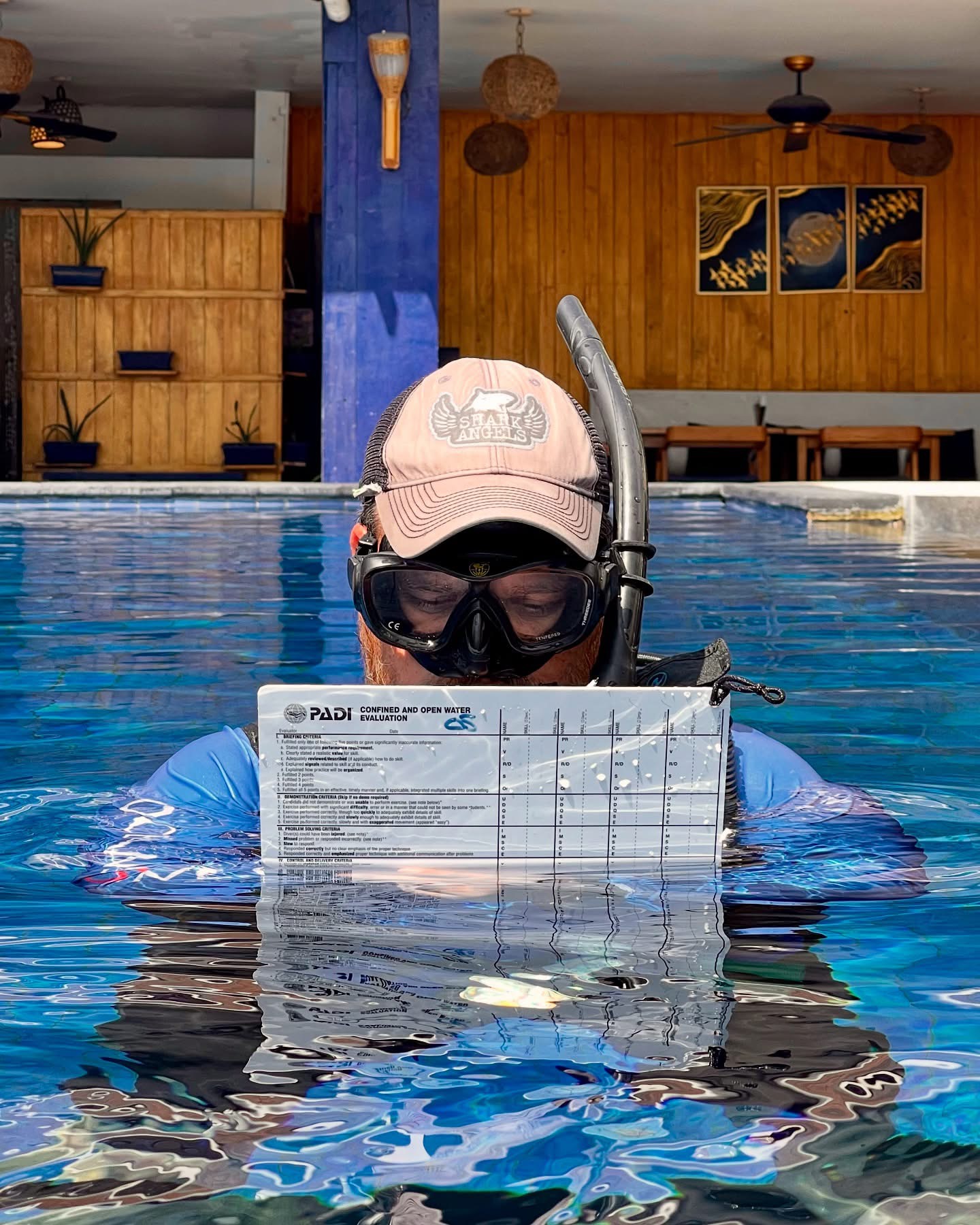Now Reading: Intermountain Health Experts Give Tips to Help Baby Transition From Bottle to Sippy Cup
-
01
Intermountain Health Experts Give Tips to Help Baby Transition From Bottle to Sippy Cup
Intermountain Health Experts Give Tips to Help Baby Transition From Bottle to Sippy Cup

Transitioning from a bottle to a sippy cup is an important milestone for babies that offers both developmental and nutritional benefits.
According to Katy Bodily, a registered dietitian nutritionist at Intermountain Primary Children’s Hospital, Larry H. and Gail Miller Family Campus in Lehi, the American Academy of Pediatrics suggests introducing a cup between 6-9 months and completely transitioning off the bottle between 12-18 months.
As babies start to consume solid foods, their intake of breast milk or formula should decrease. Bodily explains that babies should move away from drinking bottles or breastfeeding every few hours and instead shift to a routine of meals and snacks.
Prolonged bottle-feeding can have negative effects, such as reducing appetite during meal times, limiting intake of necessary nutrients, and potentially leading to tooth decay due to constant contact with carbohydrates in milk or formula.
By transitioning to a sippy cup and eventually an open cup, children can maintain adequate milk or formula intake while preventing overconsumption that may occur with bottle feeding.
To make the transition smoother, parents are advised to introduce sippy cups gradually between 6-9 months, offer them during meal times, and slowly replace bottle feedings with solid foods and drinks from sippy or open cups throughout the day. Removing bottles before naps and bedtime can be challenging, but finding alternative soothing methods is important.
Bodily emphasizes that sippy cups are a helpful tool for developing new skills in babies, with the ultimate goal being a full transition to an open cup. For more information, visit the Intermountain Health website at intermountainhealthcare.org/childrens-health.





